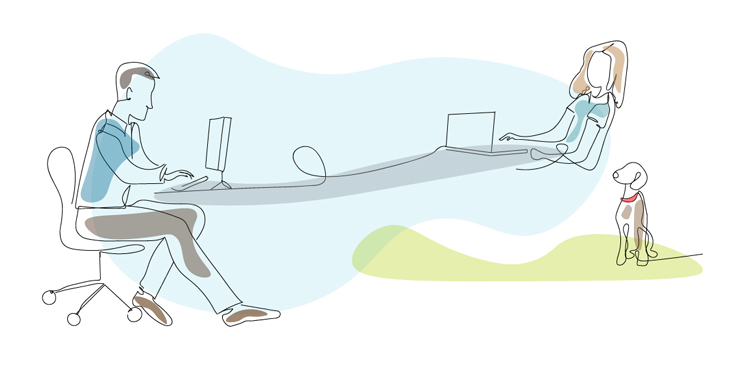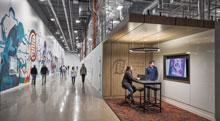
The Role of Connectedness In The Future Of Work
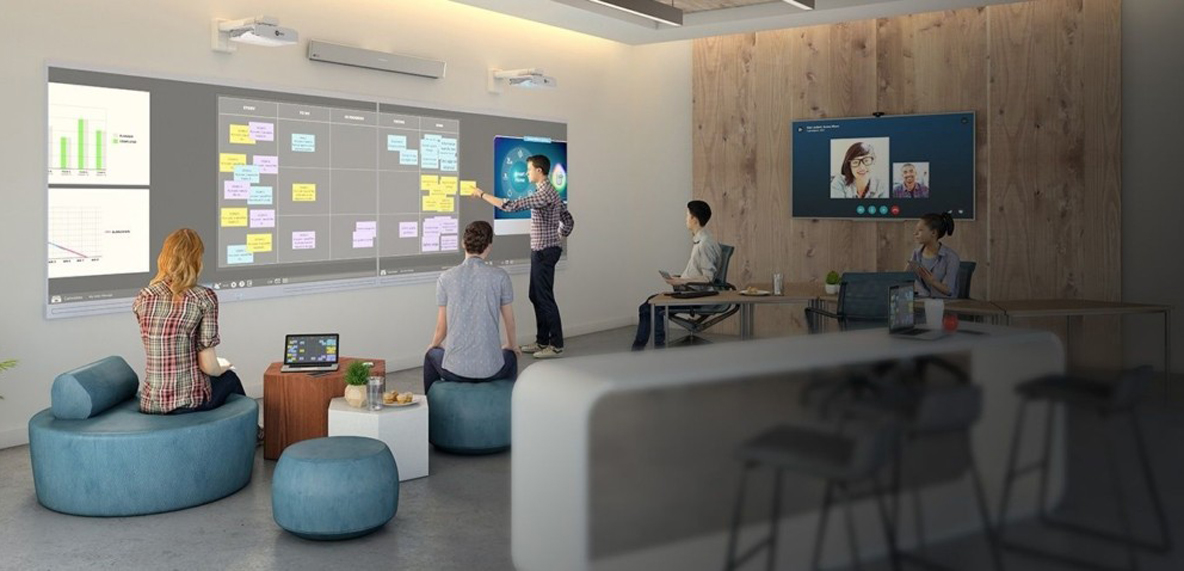
Ninety-five percent of all daily decisions are made by the subconscious part of the brain, including choices made at work. These include but are not limited to decisions to be social, engaged, and connected with those around you. While this decision-making process is subconscious and primal, neuroscience can shed light on the ways in which people tend to feel connected or disconnected in the workplace. This is important because research on this topic shows that feeling connected in the workplace correlates to employees’ sense of being more (or less) engaged, productive, and loyal.
When the COVID-19 pandemic forced many businesses to close offices and business facilities, workers migrated to virtual, remote, and work from home (WFH) options. Though working from home sounds like a dream to many, psychological and social disconnects from the workplace and coworkers were an often-tragic result. Consequently, organizations were and are challenged to find ways to rebuild the lost connectedness as workers return to the office.
From a strategic organizational psychology perspective, this will require creating a new tribal experience, a strategic focus on mental health, and providing an environment that meets employees’ primal needs. The bottom line: it’s about putting people first in a way that has never manifested before in the workplace. It means leveraging a psychological and neuroscience approach, perspective, and mindset.
Human connectedness in the workplace
Connectedness is one of the basic primal needs every person seeks. Being connected means being physically, mentally, and emotionally close to those around us. It comes from being considered part of a group or “tribe.” By nature, humans are social and emotional beings, and close connections with other people release oxytocin into the brain. This is a neurotransmitter responsible for the feelings of trust, recognition, bonding, attachment, and love. In addition, being connected and close with others can even enlarge the Amygdala, which is the portion of our brain that deals with “social and emotional regulation.” Connectedness means different things to people at different stages of their lives. When you are younger, connectedness means survival by people taking care of you. As you get older, connectedness has more to do with achieving success than survival.
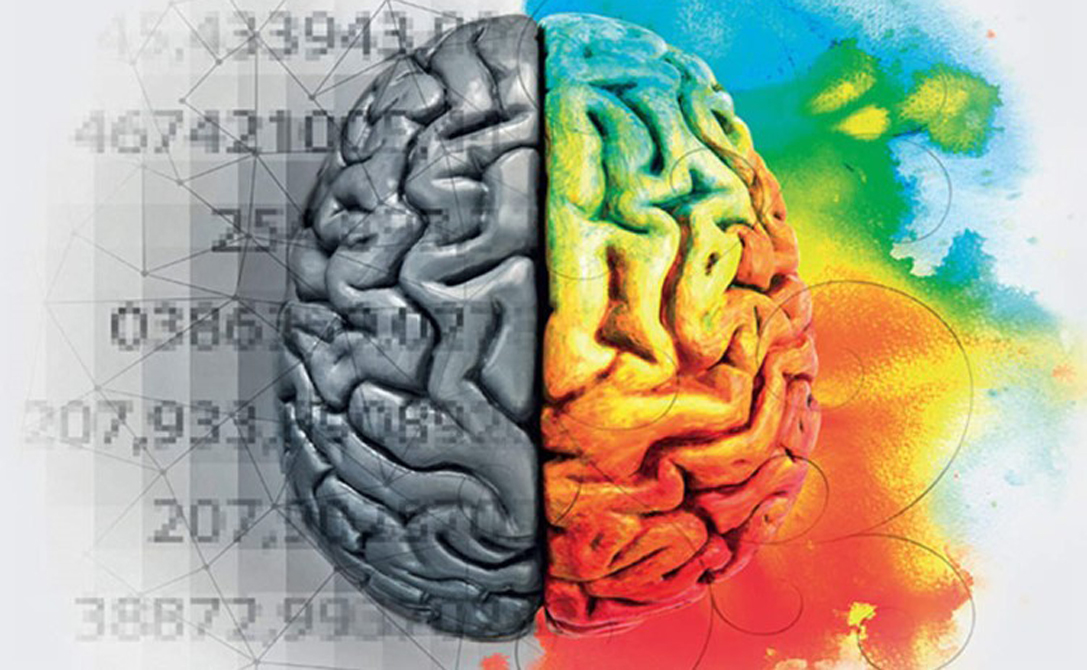
The levels of human connectedness
The degree of human connectedness craved or desired by individuals varies from one person to the next. Some are more people-oriented with a larger social network of friends and acquaintances, while others have a tight-knit circle of two to five friends. The decrease in connectedness, especially during the height of the pandemic, drastically limited the ways co-workers could feel connected to one another. A recent Stanford University study revealed that 39 percent of all relationships began online. This means it is possible to start to build connections virtually. However, many new virtual relationships struggle when they transition to an in-person relationship. This transition is more of a struggle than most realize. The struggle is a result of the brain taking random pieces of information, filling in the missing gaps, and creating a story that makes sense to us and feeds the beliefs we want. Just like this example, in the virtual environment there is not enough information or elements of connectedness for the brain to create a story, which results in incomplete connectedness. There is even a term for filling in nonexistent information in the brain, Pareidolia, which is creating a picture or narrative out of random pieces of information to draw a conclusion.
In the virtual working environment, we experience that partial connectedness. If you have not put work into furthering that story or narrative, once you go back into the workplace it’s going to be different than what it was.
When meetings are scheduled in a virtual environment, even when participants can see each other, the meeting can be very dry. For example, after working through a meeting agenda, reviewing status, going over policy, and creating action plans there is little to no opportunity in virtual meetings for those water fountain type moments that bonds people, which comes from sharing the same physical space. On the other hand, there is a psychological safety net that comes from the onsite workplace. Amazon’s leadership principles are a prime example, where it is okay to confront others with a differing viewpoint, to stand your ground. That contrasts from more autocratic work scenarios where some are afraid to speak up, even when they see bad ideas being adopted. Often, they fear negative reactions to their objection and decide it isn’t worth the fight.
The Great Resignation and a lack of connectedness
The loss of “tribe” when almost everyone had to work from home loosened the bond many had with their employers and co-workers. The Great Resignation should have been called the Great Disconnect. This led some to ponder what was truly important in life. As a result, the call to return to the office wasn’t compelling enough, and they started looking for other options—perhaps a hybrid position if not remaining full time remote. Their connectedness transitioned from the workplace to the home—creating a new norm with families, friends, and comfort levels.
Increasing connectedness requires reigniting that sense of tribalism in the workplace. Think about the power of groups to accomplish something greater than what individuals can do on their own. Sports teams, religious groups, and the beginning of new governments are just a few examples. Success comes from conscious efforts to create a loyal tribe. This can start with small gestures like logoed shirts or other personalized items. Other perks include retaining some level of flexibility of where work gets done and maintaining a sense of control over their lives like they had at home. Also, employees need to know that the work they do is meaningful. These little differences can make all the difference in increasing connectedness.
When we talk about connectedness, we are not talking about strangers or acquaintances. We must have that connection and a bond with those around us that is deeper. Give your people that opportunity to connect.
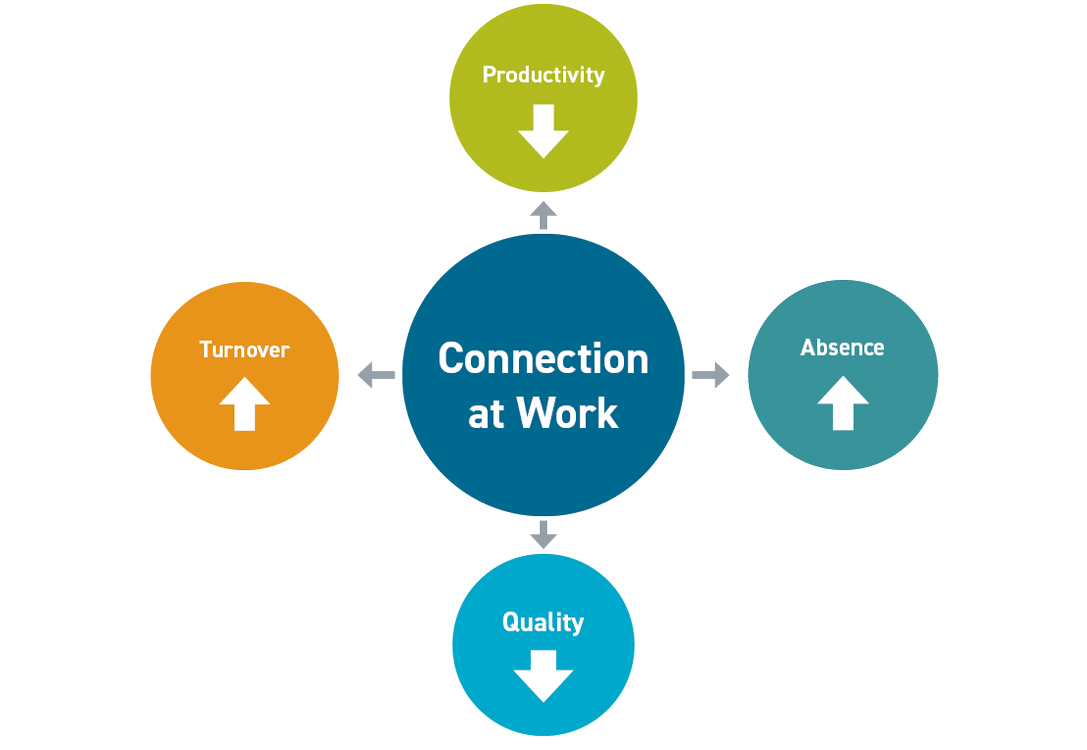
Best practices
Just saying employees come first or tacking up a poster of core values on a wall isn’t enough. Companies need to focus on mental health, create a sense of belonging and address primal needs to foster connectedness. Here are some best practices to accomplish those goals:
- Allow employees to have some level of control. Without that the typical human brain isn’t relaxed enough and anxiety increases. A flexible work arrangement helps.
- Let people know how meaningful their work is. Put people first and listen to them in earnest. Part of this is also financial in nature and includes adequate compensation beyond the typical three percent annual raise.
- Recognize the change in subconscious culture that has taken place over the past few years. For example, our subconscious culture used to include a “Fear of Missing Out” (FOMO); however, we have transitioned to a “Fear of Being Involved” (FOMI) one. Start building the FOMO for employees through perks or opportunities.
- Focus on the concept of psychological capital. The psychological capital of an employee is directly related to their sense of wellbeing, work life balance, job satisfaction, and readiness for change in the workplace.
Take action to make real change in an organization
As neuroscience and psychology research shows, there is an innate need for human connectedness in all of us to differing degrees. The pandemic and the surge in remote working showed the value in human connectedness and the mental impacts of not having that attachment. Many who didn’t feel that bond were some of the first to move on during the Great Resignation.
To create connectedness in the workplace can be challenging to implement. Most organizations run on a “that’s just how we do things around here” mentality instead of “how can we do things better around here?” The answer comes from creating a new and improved tribe and a true environment of psychological safety. Show your people that their work is meaningful and connect your people’s jobs to the notion of working toward the greater good. That will help them feel more connected to work and to their coworkers. Finally, recognize that a person’s subconscious is where most decisions are made, and nurture their primal subconscious needs can lead to a more engaged and loyal workforce.
This article was originally published in Work Design Magazine and was co-authored with Dr. Dustin Jackson.
Author
Content Type
Published Articles
Date
August 02, 2022
Market
Topic
Hybrid Work
Distributed Work
Workplace Strategy



